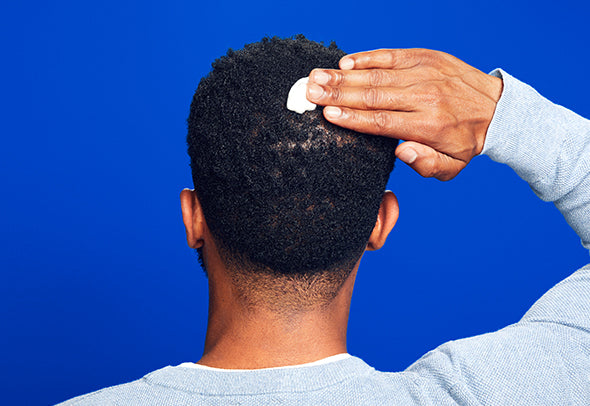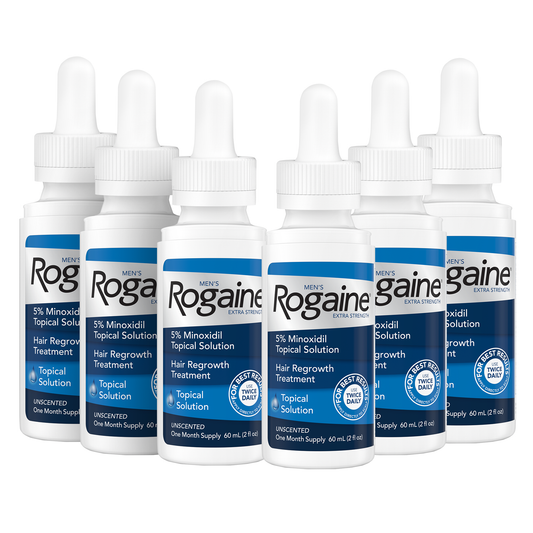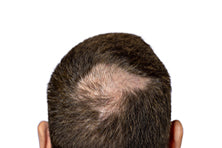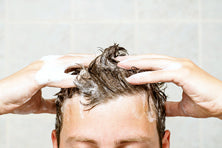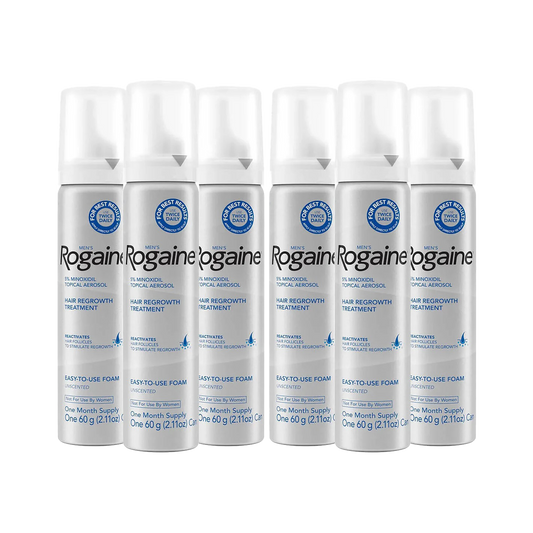While you may have never really paid much attention to the growth, shedding or structure of your hair, it’s normal to become more curious once you start to notice thinning or balding. Learning how your hair grows can help you understand why hair growth treatments work and help find ways to support your hair at every stage.
If you’ve ever wondered “how long does it take for hair to grow?”, read on to learn more about the structure of the hair and the four phases of hair growth:
Hair Structure
More than just the visible strands on the head or body, each hair is made up of structures both above and below the surface of the skin. To understand how hair grows, it helps to look at how each part of the hair structure works.
Hair Bulb
Each individual hair grows from its own hair follicle, a sheath of skin and connective tissue that has its own blood supply and oil gland. The hair bulb is located at the base of each hair follicle and contains all the growing cells of each hair. As the cells divide they are pushed out of the hair bulb, hardening and sprouting from the scalp.
Pigment cells called melanocytes in the hair bulb are what influence hair color, and the shape of the opening of each hair follicle affects the texture of each strand of hair.
Hair Root
The hair root is the section of each hair that extends below the surface of the skin. It is anchored inside the hair follicle, and widens at the base into the hair bulb. Nerves, blood supply, muscles and oil glands are all attached to the hair root, supplying everything it needs for healthy hair growth.
Hair Shaft
The hair shaft is the part of the hair that is visible above the scalp. It’s made up of a strong protein called keratin, which is the same material as your fingernails (and even horse hooves!)
The hair shaft consists of the cuticle, the cortex and sometimes the medulla2. The cuticle is the outermost protective layer of the hair, adding shine, maintaining hydration and protecting the inner shaft from damage. The cortex contains the keratin filaments of each hair strand and the pigment, and the health of the cortex generally depends on the integrity of the cuticle. The medulla is the innermost layer of the hair shaft and is found in thick or coarse hair - fine or naturally blonde hair may not have a medulla.
4 Phases of Hair Growth
The process of the hair growing, resting and shedding is known as the hair growth cycle. Understanding this cycle can explain hair loss treatments and help you boost hair growth.
Anagen: The Growing Phase
The anagen phase is the first step of the hair cycle. Hair cells in the follicle are rapidly dividing, creating new growth that then gets pushed out through your scalp. Anagen is the longest phase in the hair cycle, lasting 3-5 years on average. At any given time, roughly 90%1 of a person’s hair will be in the active anagen phase.
Catagen: The Transition Phase
After the anagen phase comes the catagen phase when the hair growth slows and the follicles shrink. The hair starts to separate from the follicle (though doesn’t fall out yet) as it prepares for the resting phase. This transition phase lasts around 10 days, and only about 5% of hairs are in catagen at any given time.
Telogen: The Resting Phase
The telogen phase is a resting phase between growing and shedding, usually lasting around three months. About 10-15% of your hairs will be in the telogen phase at any given time2, and during this phase the hair follicle is already preparing for its next hair.
Exogen: The Shedding Phase
As the final phase of the hair growth cycle, the exogen phase is when the hair sheds from the scalp. Losing 50-100 hairs a day is normal and is usually most noticeable when washing or brushing your hair. This phase can last around 2 to 5 months, and during this time new hair is already starting to form inside the follicle so the cycle can repeat again.
Understanding the structure of each hair fiber and the hair growth cycle can help you take control of your hair growth. Your hair cycle can be impacted by lifestyle factors such as nutrition and stress but can also be disrupted by conditions such as alopecia, telogen effluvium or illness.
Good habits that support a healthy hair cycle include eating a balanced diet, avoiding placing tension on the hair and stimulating the scalp. And to boost your hair regrowth even more, consider treatment with ROGAINE® minoxidil products. When applied topically, ROGAINE® is believed to promote longer, fuller hair by keeping each strand in the anagen phase for longer.
Sources
- InformedHealth.org [Internet]. Cologne, Germany: Institute for Quality and Efficiency in Health Care (IQWiG); 2006-. What is the structure of hair and how does it grow? 2019 Aug 29. Available from: https://www.ncbi.nlm.nih.gov/books/NBK546248/
- Hoover E, Alhajj M, Flores JL. Physiology, Hair. [Updated 2022 Jul 25]. In: StatPearls [Internet]. Treasure Island (FL): StatPearls Publishing; 2023 Jan-. Available from: https://www.ncbi.nlm.nih.gov/books/NBK499948/






